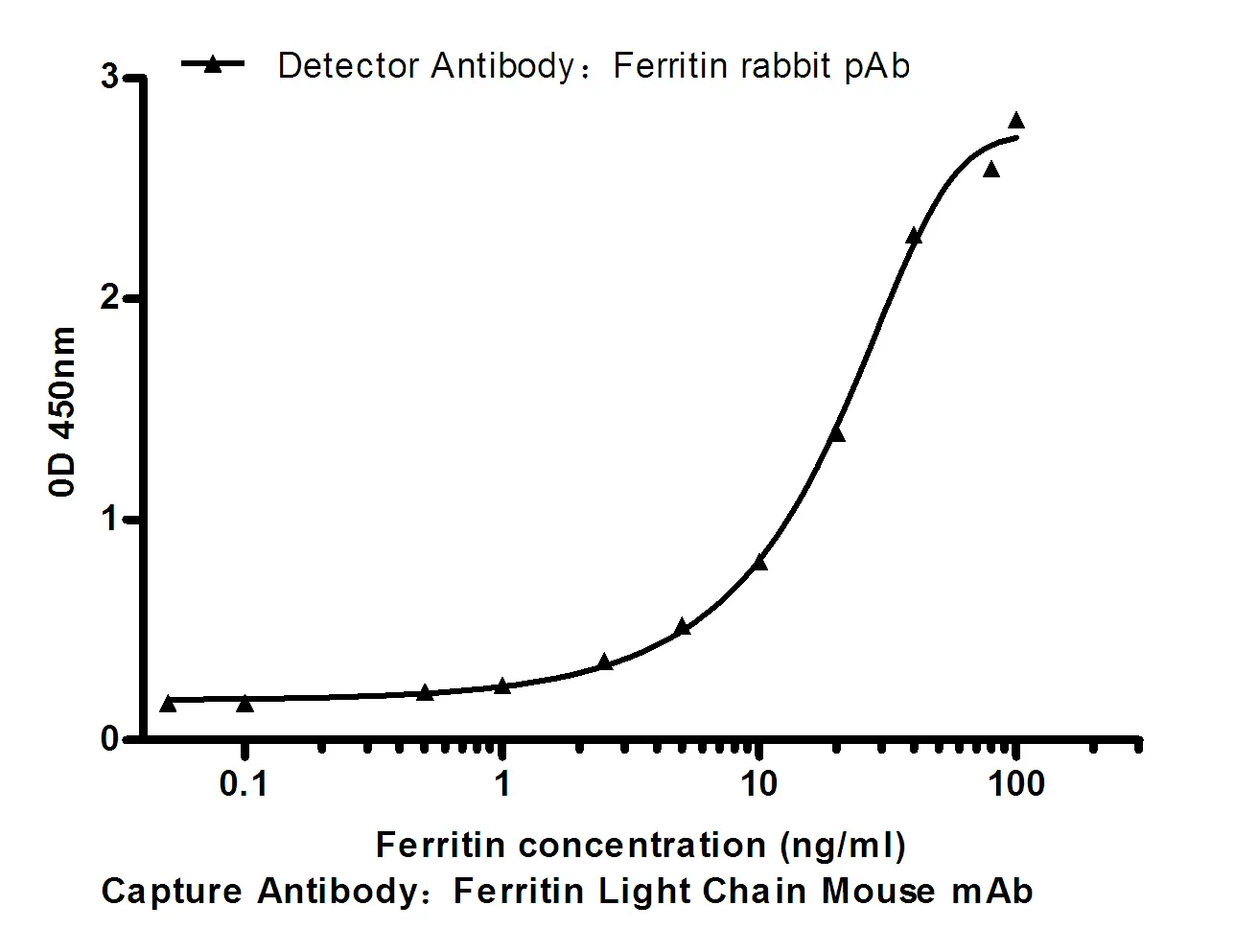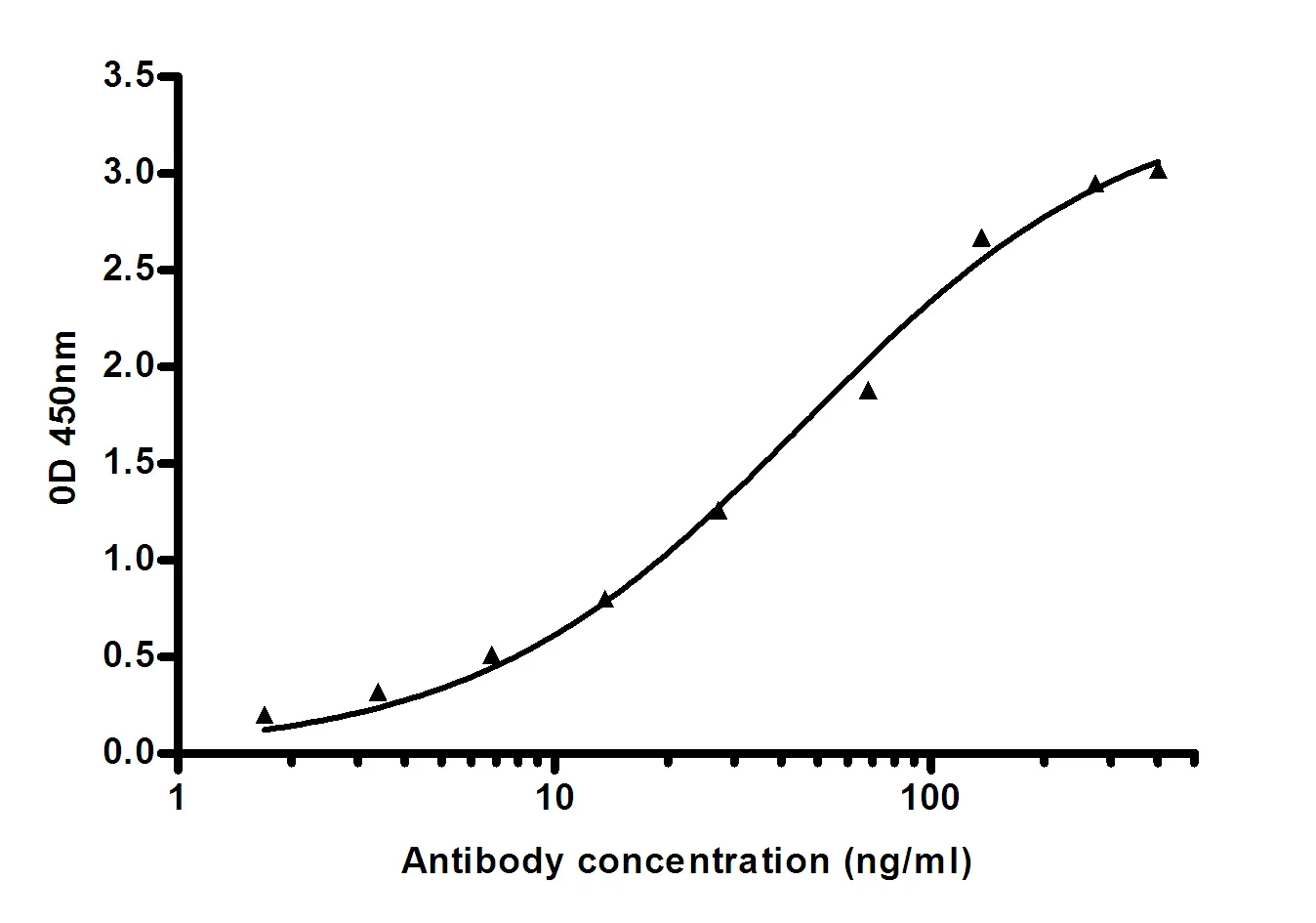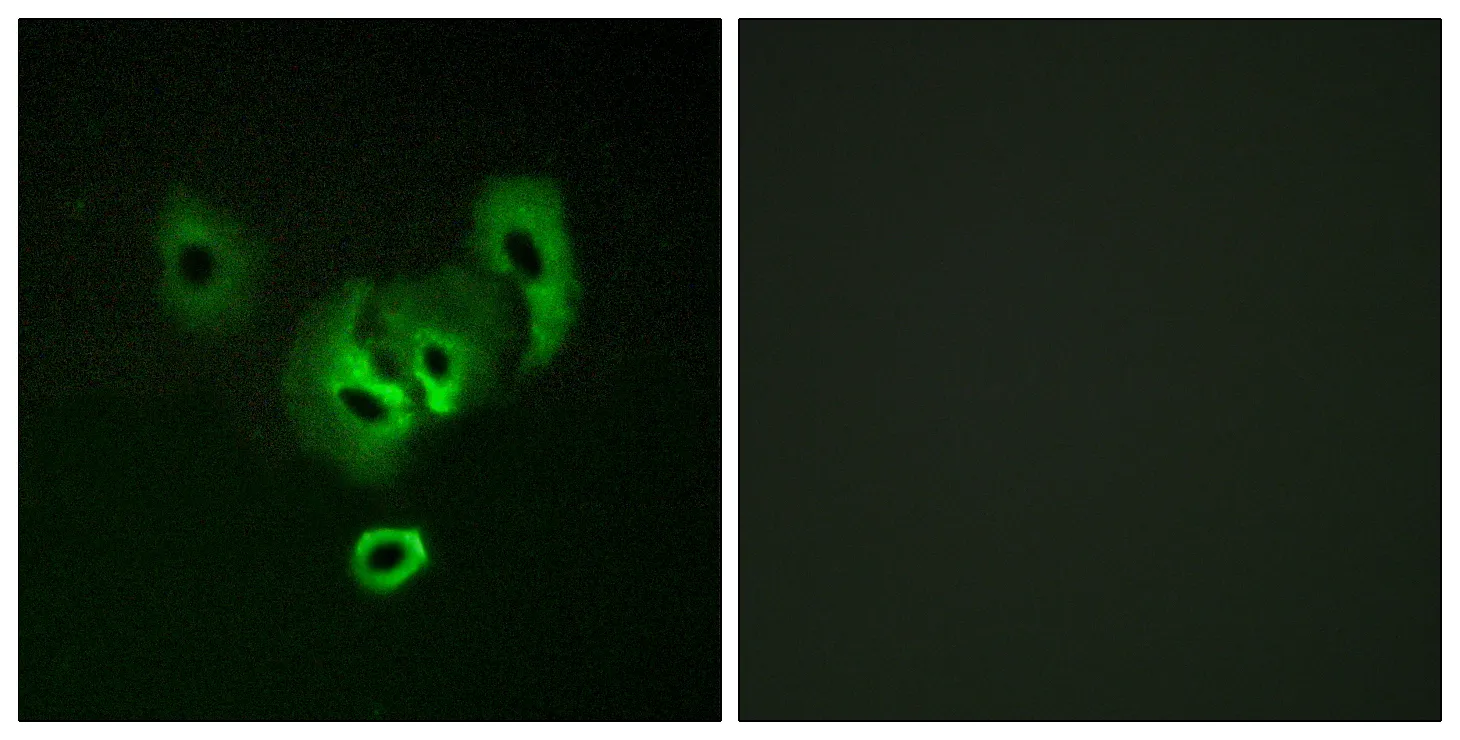Summary
Performance
Immunogen
Application
Background
The protein encoded by this gene is a member of the G-protein coupled receptor family. This protein is one of four receptors identified for prostaglandin E2 (PGE2). This receptor can activate T-cell factor signaling. It has been shown to mediate PGE2 induced expression of early growth response 1 (EGR1), regulate the level and stability of cyclooxygenase-2 mRNA, and lead to the phosphorylation of glycogen synthase kinase-3. Knockout studies in mice suggest that this receptor may be involved in the neonatal adaptation of circulatory system, osteoporosis, as well as initiation of skin immune responses. [provided by RefSeq, Jul 2008],caution:Was originally designated as the EP2 subtype.,function:Receptor for prostaglandin E2 (PGE2). The activity of this receptor is mediated by G(s) proteins that stimulate adenylate cyclase. Has a relaxing effect on smooth muscle. May play an important role in regulating renal hemodynamics, intestinal epithelial transport, adrenal aldosterone secretion, and uterine function.,similarity:Belongs to the G-protein coupled receptor 1 family.,subunit:Interacts with FEM1A.,tissue specificity:High in intestine and in peripheral blood mononuclear cells; low in lung, kidney, thymus, uterus, vasculature and brain. Not found in liver, heart, retina oe skeletal muscle.,
Research Area
Neuroactive ligand-receptor interaction;






